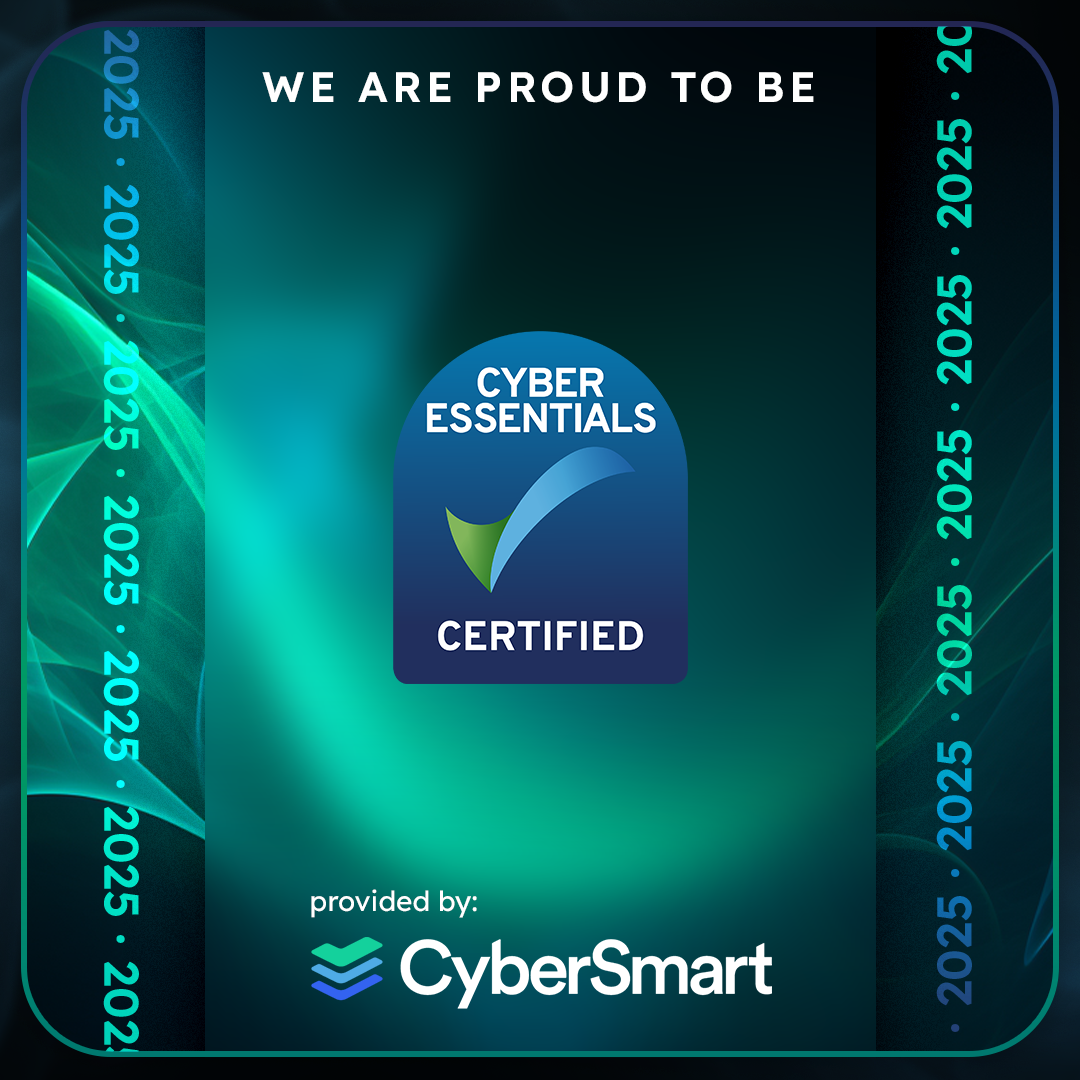Financial Remedies Update: Non-Court Dispute Resolution
In our last Newsletter we highlighted the forthcoming changes to FPR 2010 Part 3 and we are now able to report on a recent case [NA v LA [2024] EWFC 113] where the new procedural rules [in force since 29th April 2024] have been used. It is strongly advised that prior to issuing Form A [or early in the course of responding to an application for Financial Remedy] clear advice is given to your client about the risks to them, in terms of both costs and delay, of rushing to litigate without fully exploring non-court dispute resolution [NCDR].
How have the rules changed?
Firstly, the definition of ‘non-court dispute resolution’ at FPR 2.3(1)(b) has been widened to become more all-encompassing:
‘methods of resolving a dispute other than through the court process, including but not limited to mediation, arbitration, evaluation by a neutral third party (such as a private Financial Dispute Resolution process) and collaborative law.’
Secondly, the duties of a Mediation Information and Assessment Meeting (MIAM) provider [set out in FPR 3.9(2)] have been widened to impose a requirement that they:
‘indicate to those attending the MIAM which form, or forms, of non-court dispute resolution may be most suitable as a means of resolving the dispute and why’ and ‘provide information to those attending the MIAM about how to proceed with the form, or forms, of non-court dispute resolution in question’.
Thirdly, there is a new form to complete [Form FM5 required by a new FPR 3.3(1A)] which states your client’s position on NCDR and has to be filed at least 7 days prior to the First Directions Appointment. All parties will therefore have to outline why NCDR was not the right way of resolving the outstanding disputes in their case. The Pre-Action Protocol set out in the Annexe to FPR PD9A has been amended to reflect these rule changes and includes reference to Form FM5.
Fourthly, the Court can adjourn proceedings without the parties’ consent in order to ‘encourage’ them to undertake NCDR. The amended FPR 3.4(1A) states that where:
‘the timetabling of proceedings allows sufficient time for these steps to be taken’, the court may adjourn proceedings to ‘encourage parties’ to ‘undertake non-court dispute resolution.’
So, parties cannot be mandated to undertake NCDR, however, the Court can impose an adjournment of their case to ‘encourage’ them to undertake NCDR. As is made clear by FPR PD3A, will want to know the parties’ views on using non-court dispute resolution as a way of resolving matters, however, FPR 4.1 gives the Court the active case management power to act unilaterally in this regard.
Fifthly, the failure of a party, without good reason, to attend a MIAM or to attend NCDR is punishable in costs. FPR 28.3(7) has been amended to include specific reference to MIAM and/or NCDR non-attendance as a factor the Court must have regard to when determining whether a party’s conduct shall lead to the making of a costs order against them. This point is emphasised by para 10E of PD3A which states that:
“the court may take the parties’ conduct in relation to attending NCDR into account when considering whether to make an order for costs in relation to the proceedings”.
What happened in NA v LA [2024] EWFC 113?
This was a case where the wife had issued her divorce application and Form A without notice to the husband, claiming a MIAM exemption relating to ‘Urgency’. Wife had also issued a FLA application for occupation of the family home and drafted MPS and LSPO applications. At the Return Hearing, all preliminary matters were dealt with by consent [with the wife’s costs to date standing at £125,000] and wife’s legal team was anticipating that a listing for First Directions Appointment would follow [projected costs of that £60,000]. However, the husband confirmed he was open to NCDR and Mr. Nicolas Allen KC, sitting as a Deputy High Court Judge, determined that, despite the wife’s antipathy to the prospect of mediation, her application was stayed with immediate effect. No Form C was processed and no FDA was to be listed. The parties were given a period of 6 weeks and then directed to give a joint update on what engagement, if any, there had been with NCDR and whether any of the issues had been resolved, following which further directions would be made.
How will this affect my clients?
Many of our clients are extremely reluctant to consider mediation or other forms of NCDR with their ex-partner, who they often consider to be hostile and uncompromising. This new ability of the Court to interrupt the onward flow of our clients’ litigation without their consent (and against their wishes) will no doubt come as a nasty surprise. It remains to be seen whether the approach of the High Court in NA v LA [2024] EWFC 113 will be readily taken up by the District Bench on the Northern Circuit. However, it is important for us to be aware of the key takeaways from this case and share them with our clients:
- There is no need for financial disclosure to be given prior to parties engaging in NCDR. NCDR will almost invariably provide for such disclosure to be given as part of the process. Many forms of NCDR also have ‘teeth’ if there is a reluctant discloser (e.g. Arbitration).
- From 29th April 2024 amended wording to r3.10(1) provides that if a MIAM exemption has been claimed, the court will inquire into whether the exemption (a) was not validly claimed; or (b) was validly claimed but is no longer applicable. [Court in NA v LA found the MIAM exemption claimed was no longer applicable.]
- Proceedings can be stayed if Court considers NCDR to be appropriate and wishes to encourage the parties to engage in the same. In NA v LA the Judge opined that NCDR would be to the emotional and financial benefit of the parties as well as to the benefit of their children.
- Reminder that Gwynneth Knowles J in X v Y (Financial Remedy: Non-Court Dispute Resolution) [2024] EWHC 538 stated that those involved in family proceedings must “understand the court's expectation that a serious effort must be made to resolve their differences before they issue court proceedings”.
- In NA v LA the Court exhorted the parties to “keep the issue of costs and the proportionality of incurring the same very much at the forefront of their minds”.
Conclusion:
Stay ahead of the curve on this rule change by adhering to the most recent wording of the Pre-Action Protocol and taking your client carefully through what they would say in answer to the questions on Form FM5 before you issue Form A [or immediately upon receipt of their ex-partner’s Form A]. Continue to keep the alternative of NCDR in mind at each stage of proceedings and be ready to defend your client’s position on NCDR to the Court. If your client has been open to the prospect of mediation but faced ‘lawfare’ from an intransigent ex-partner, you can at least refer to the other side’s ongoing dismissal of NCDR in an application for costs at Final Hearing.









